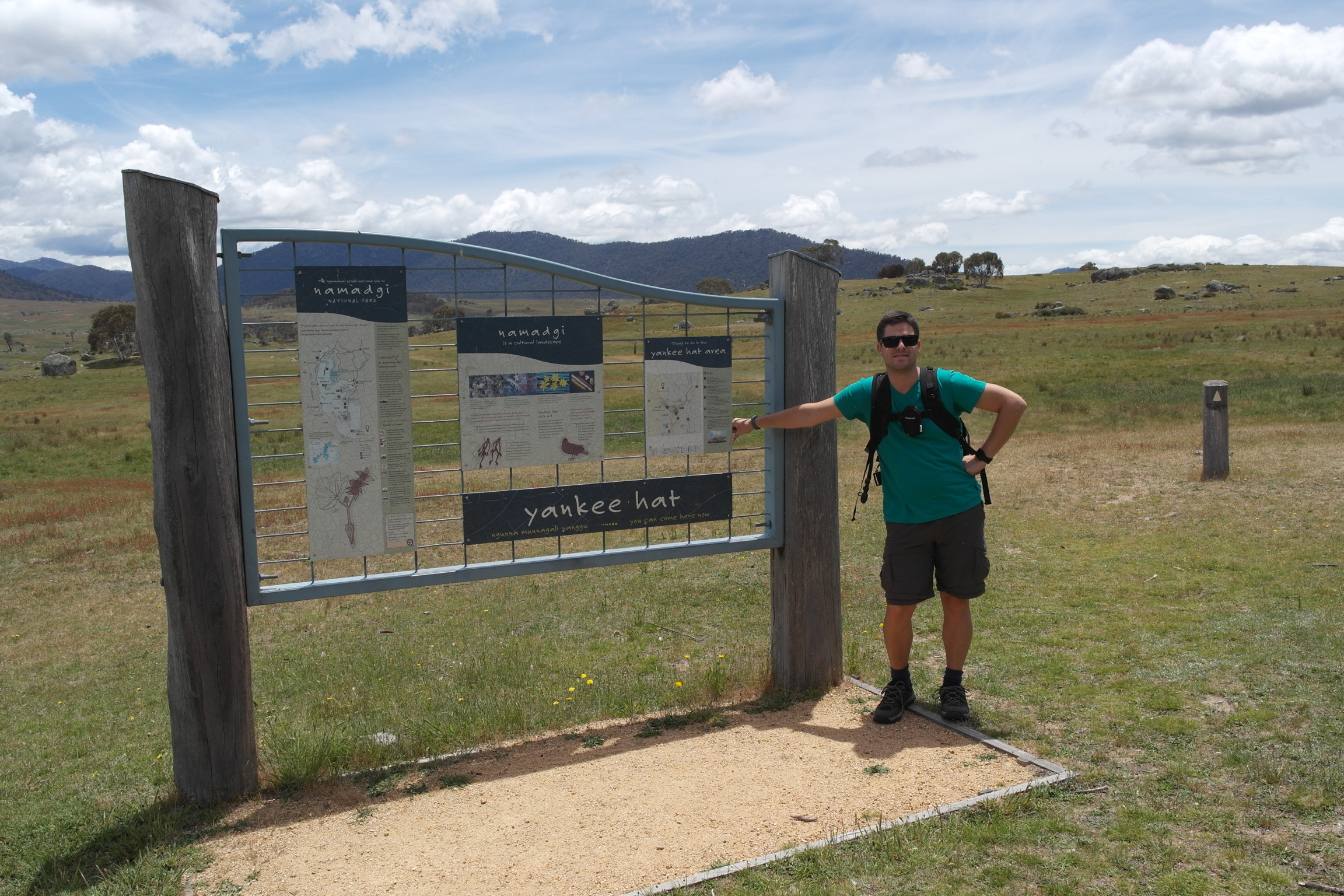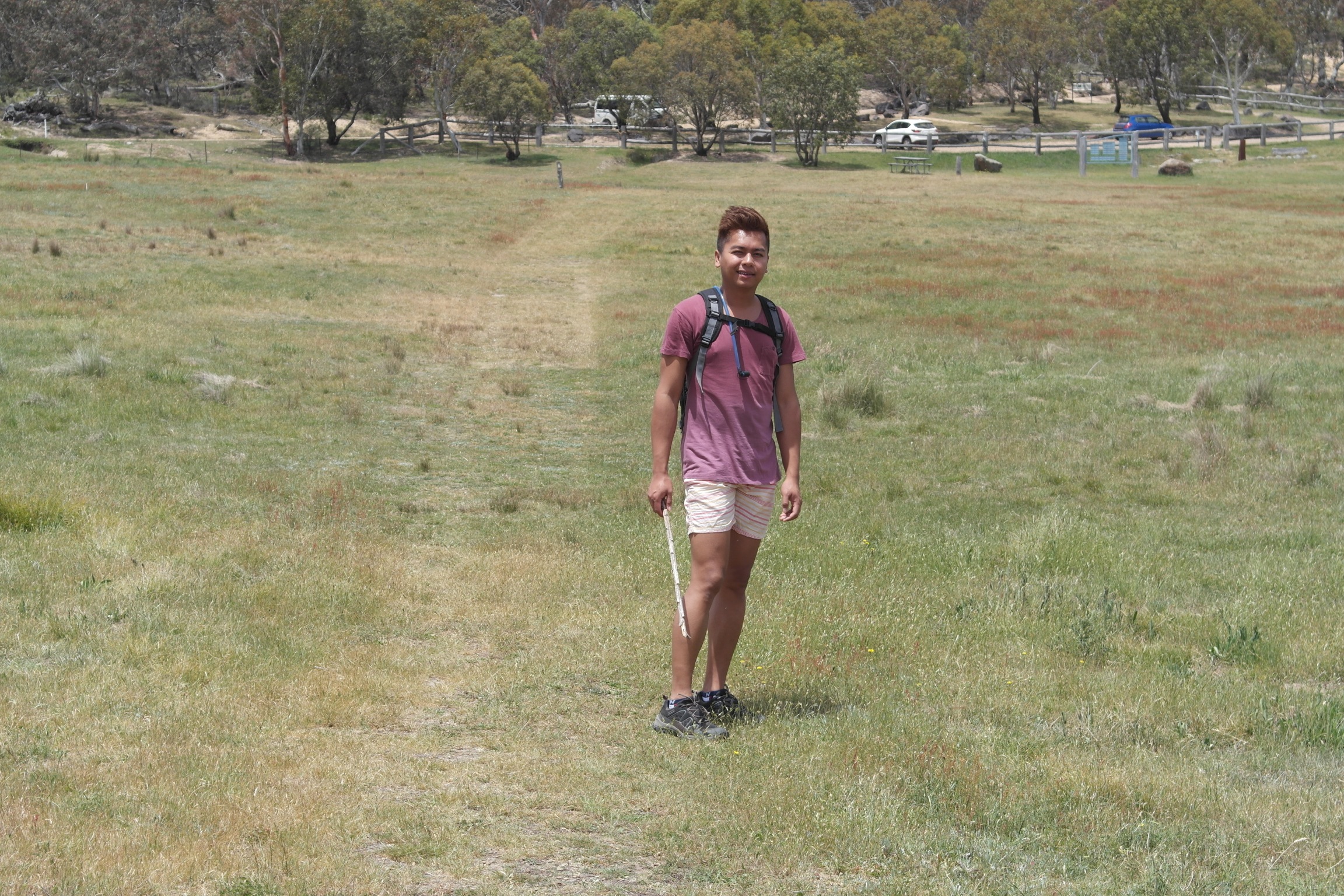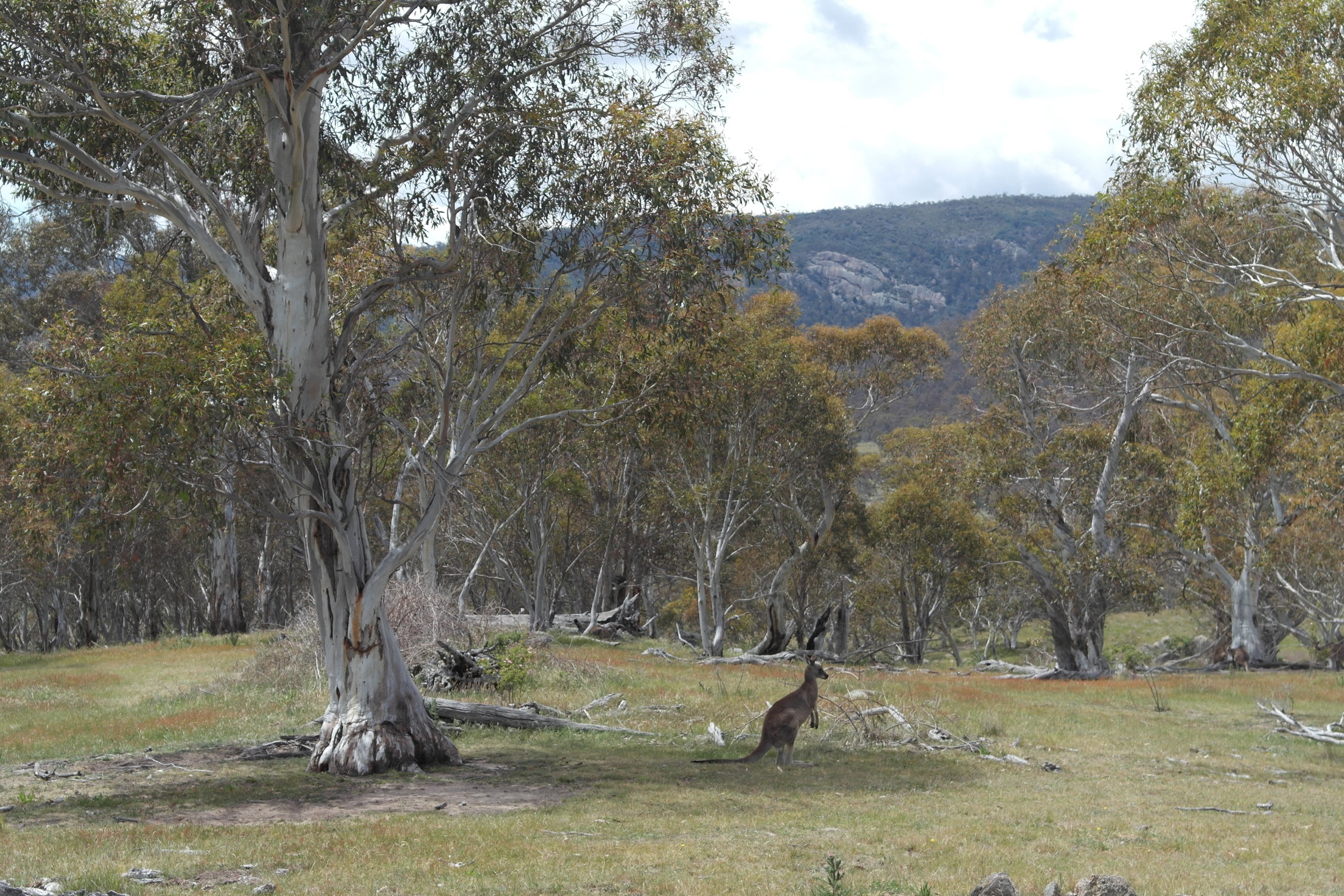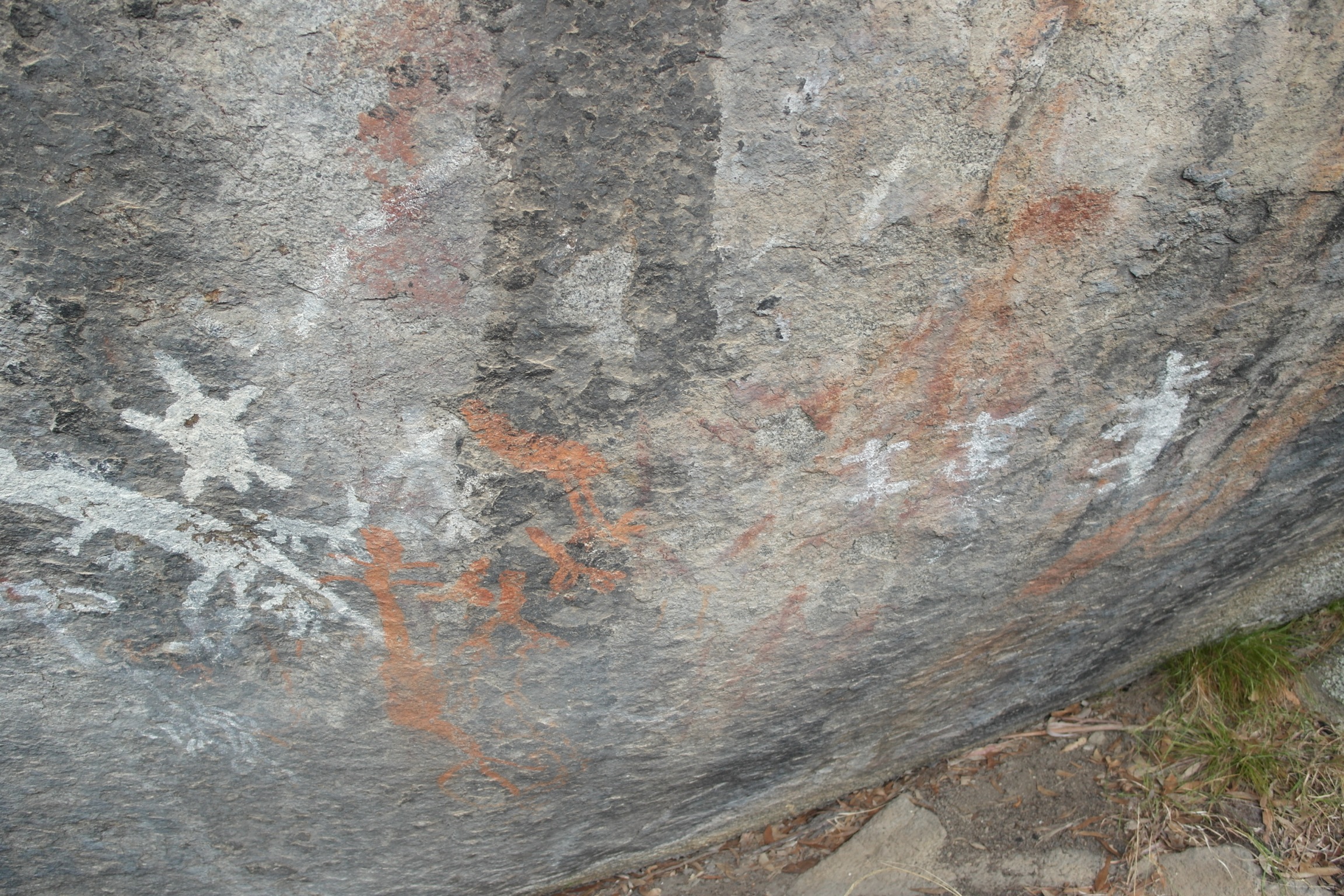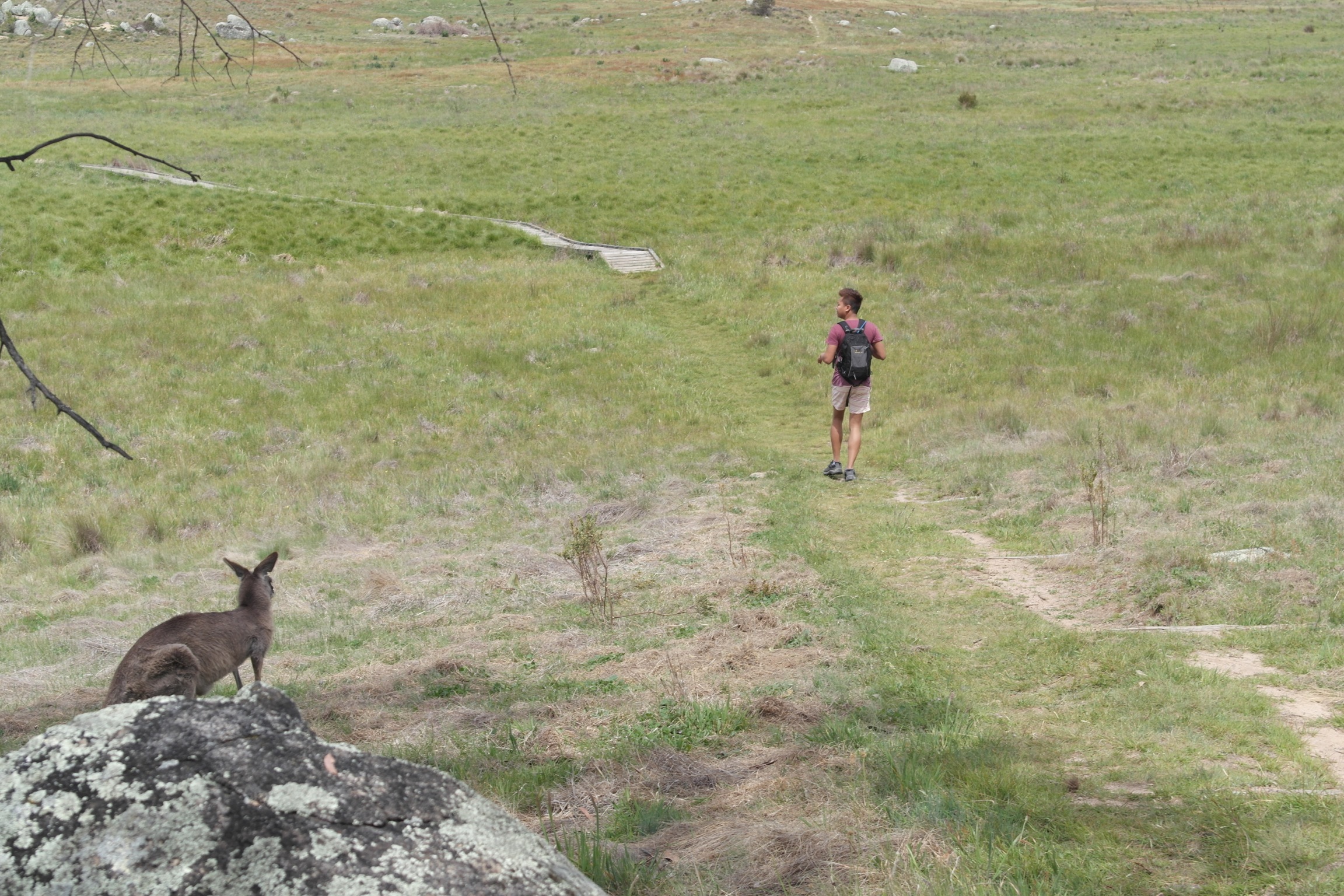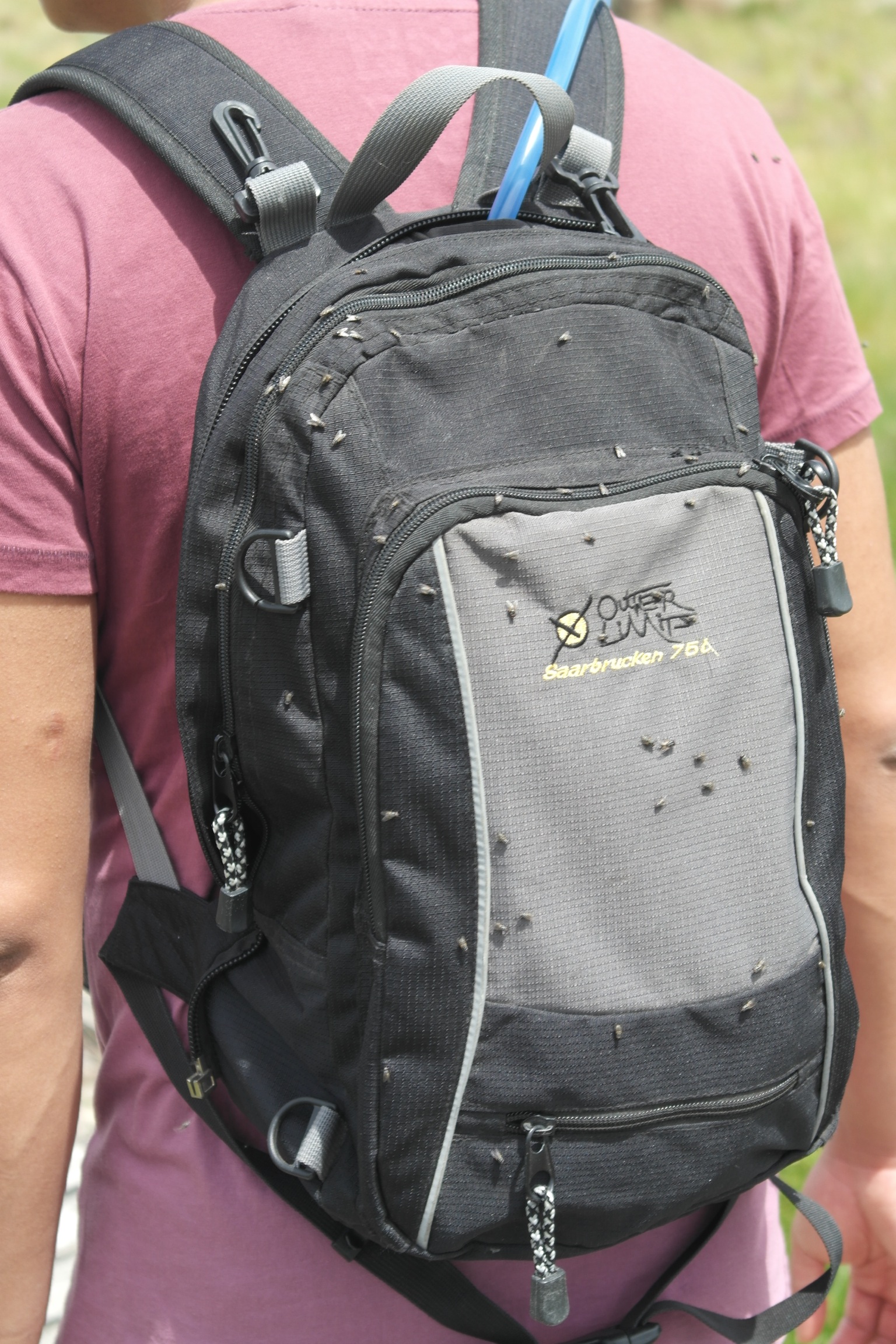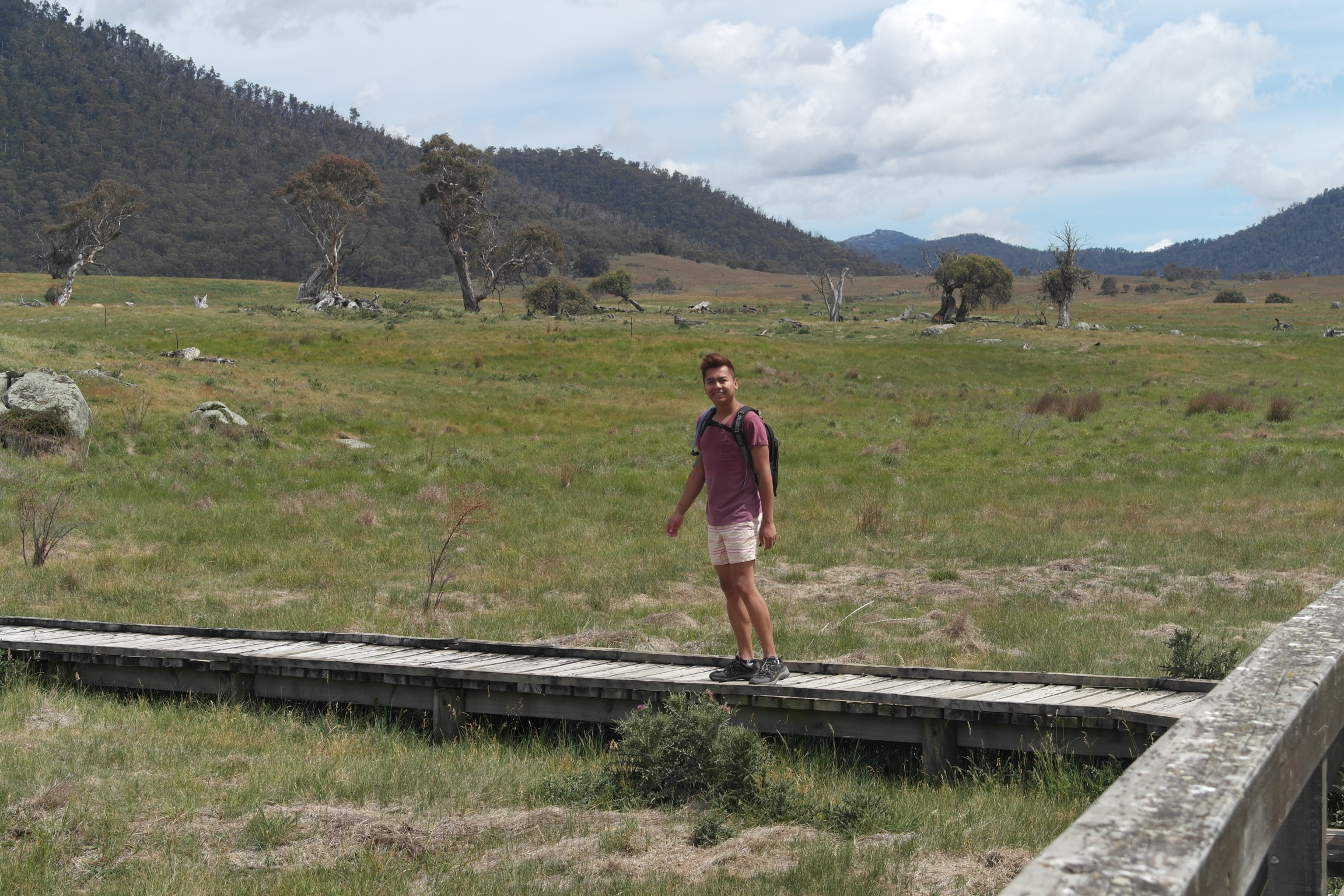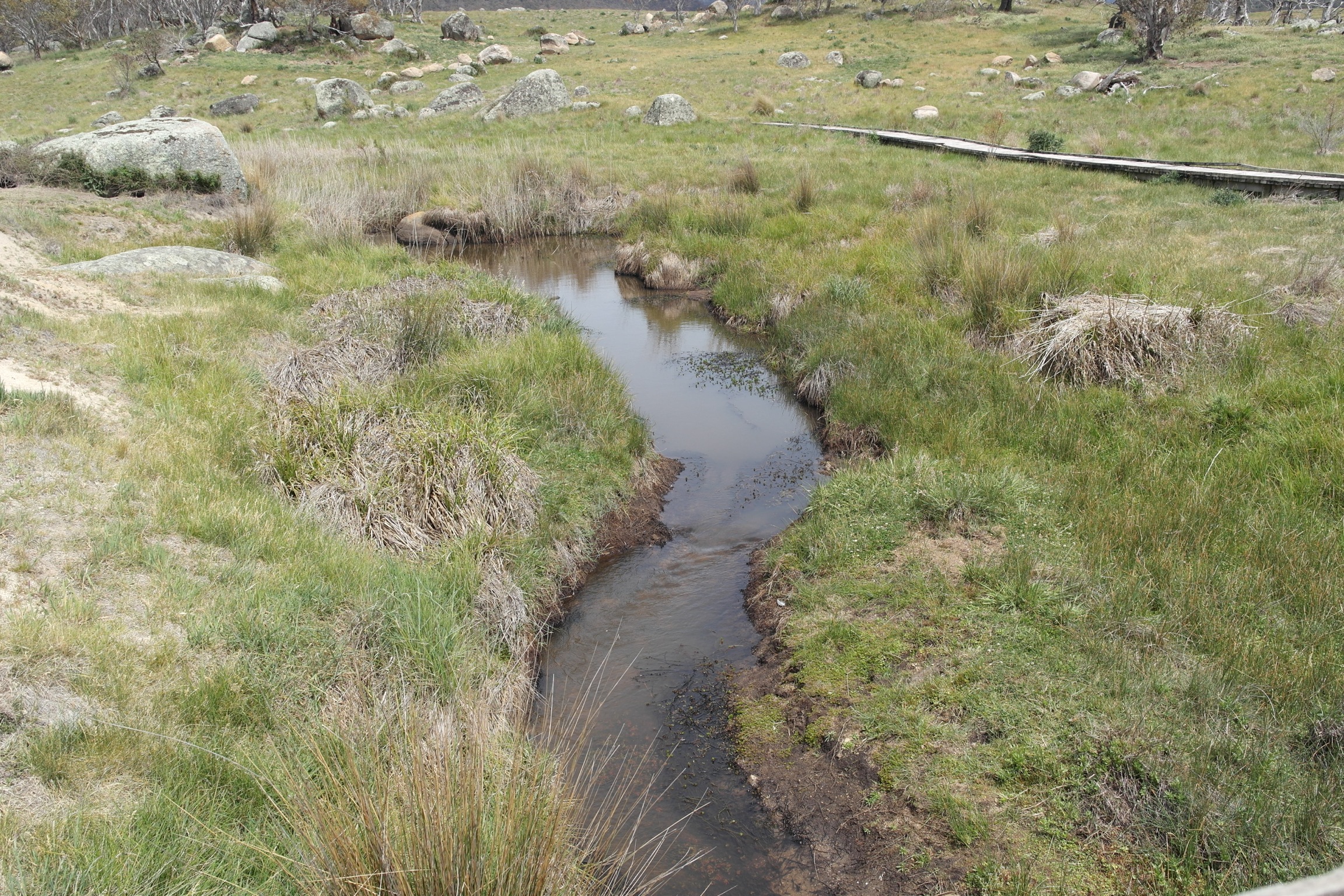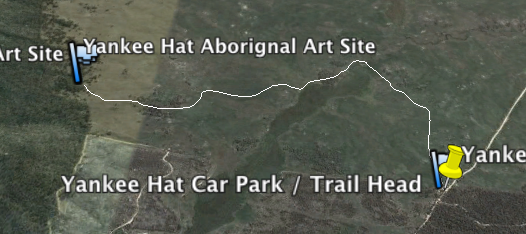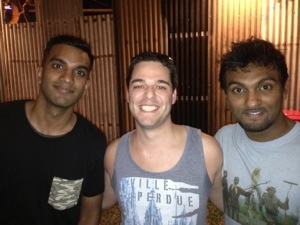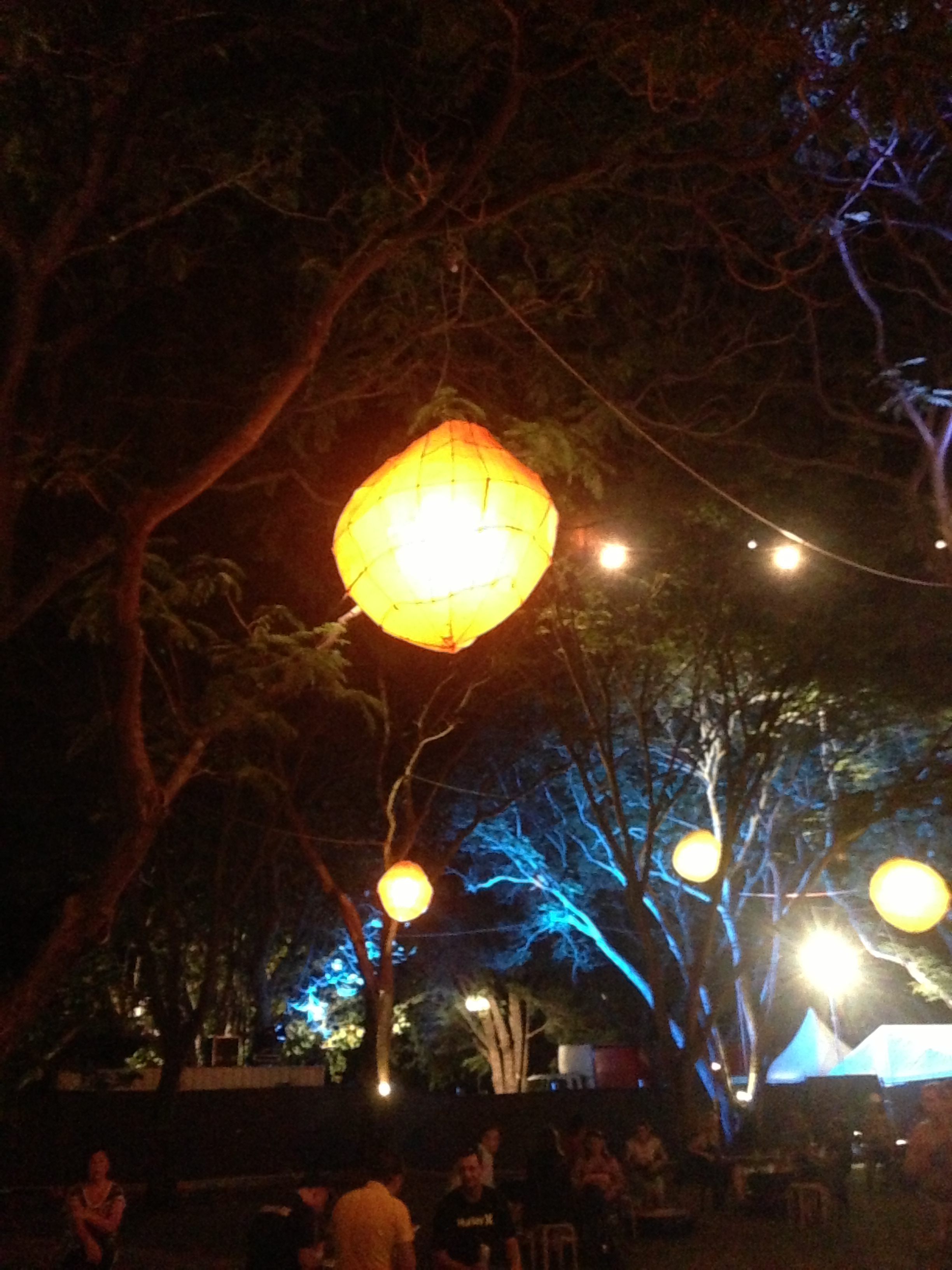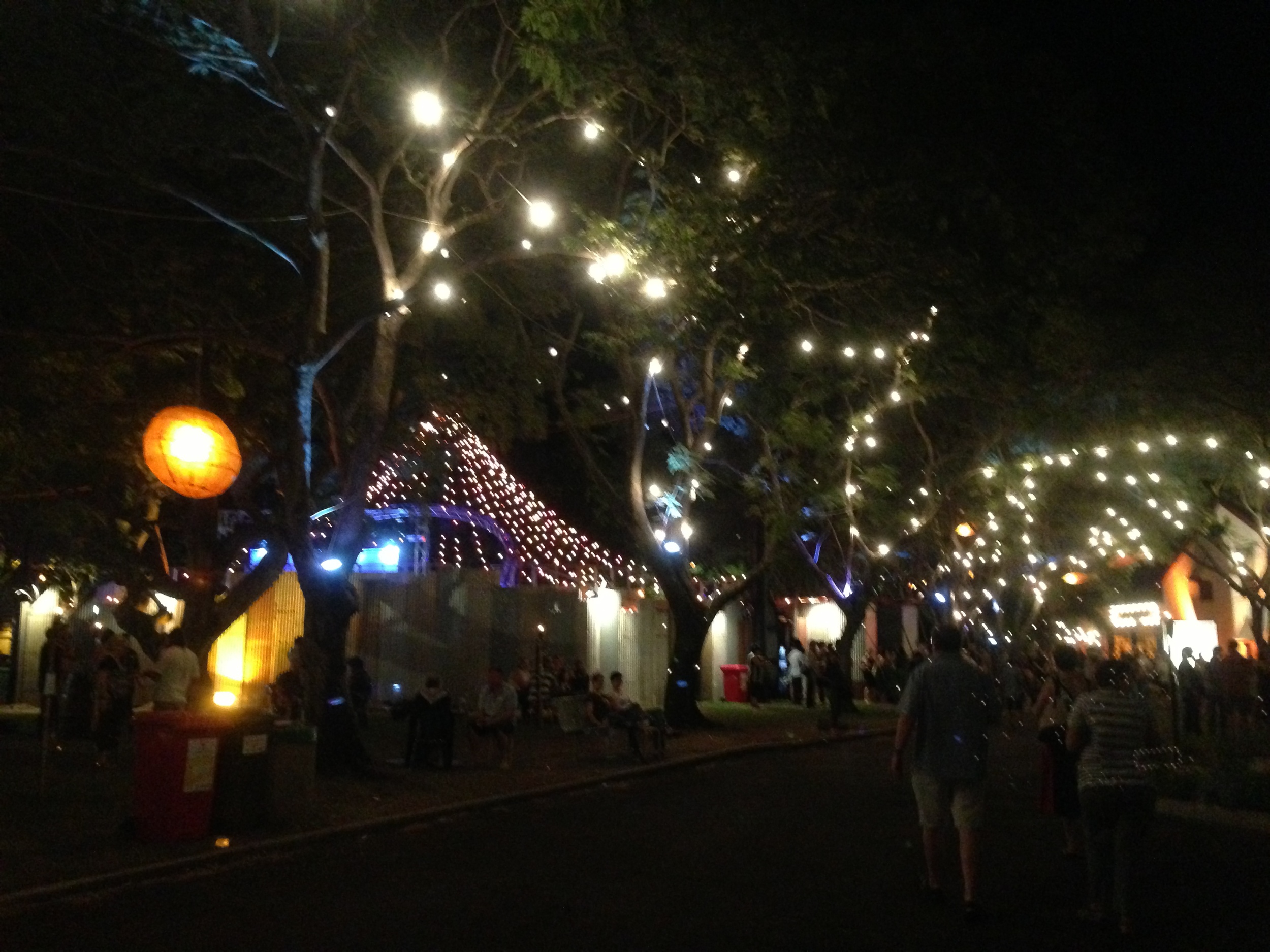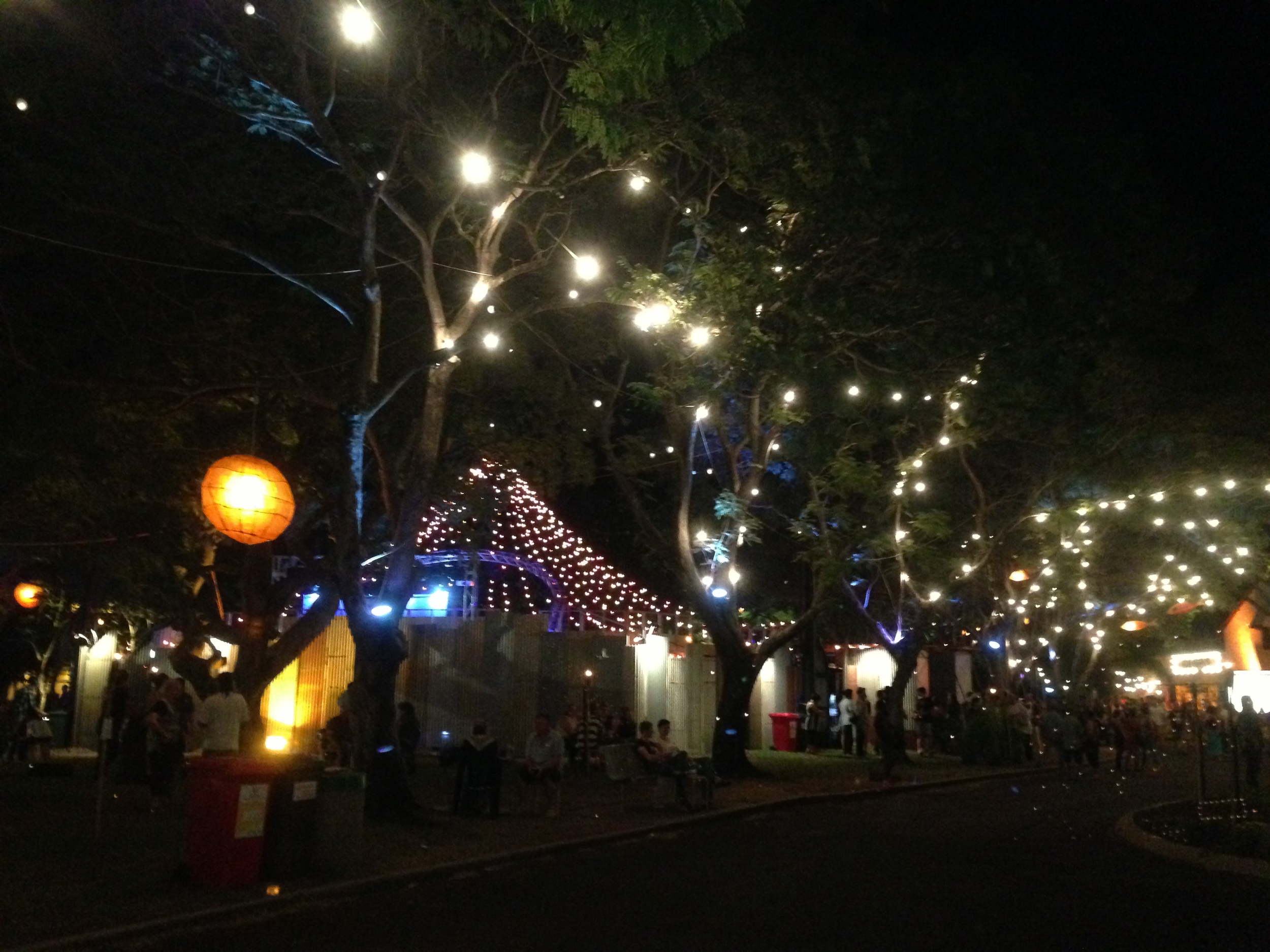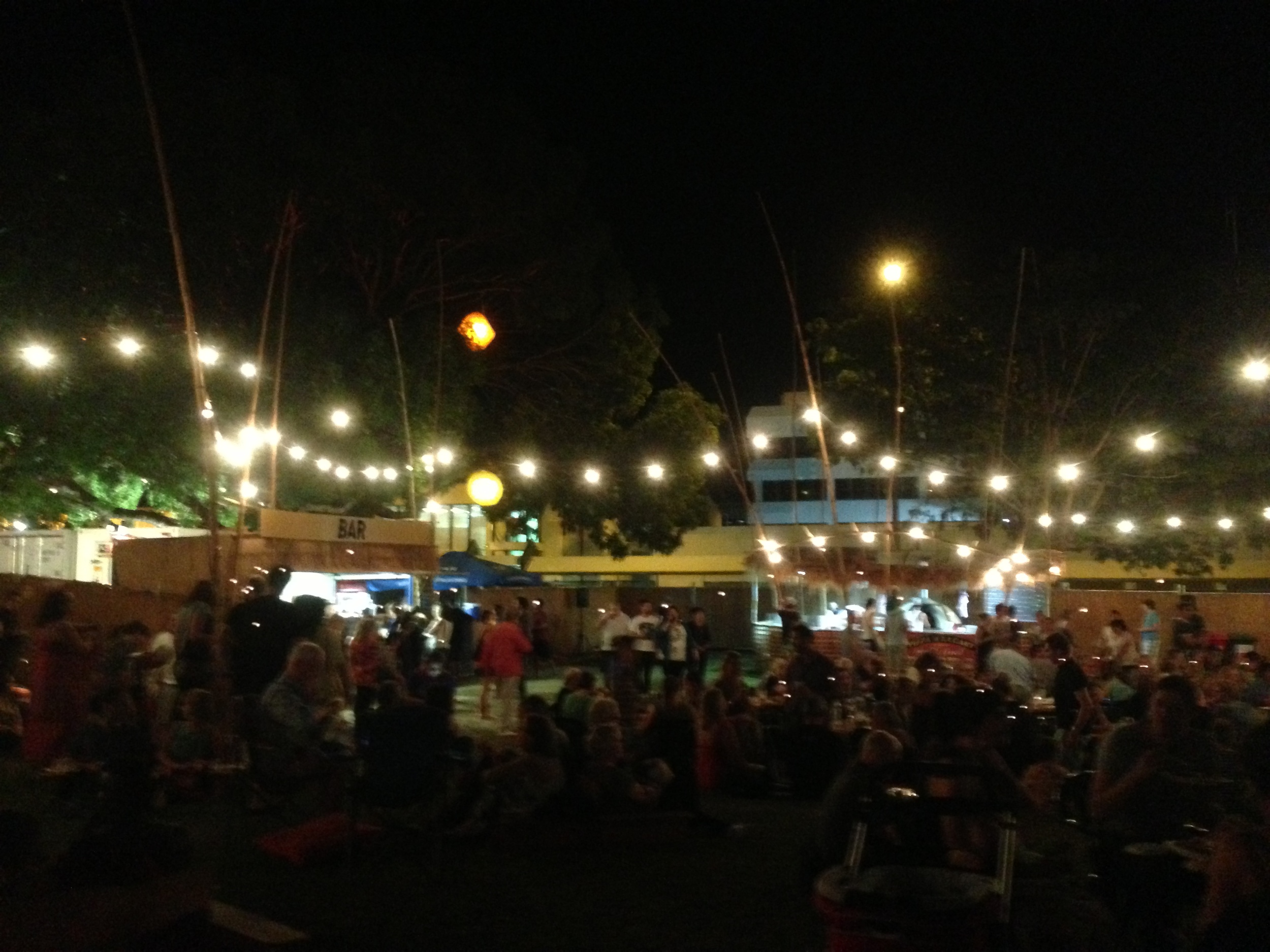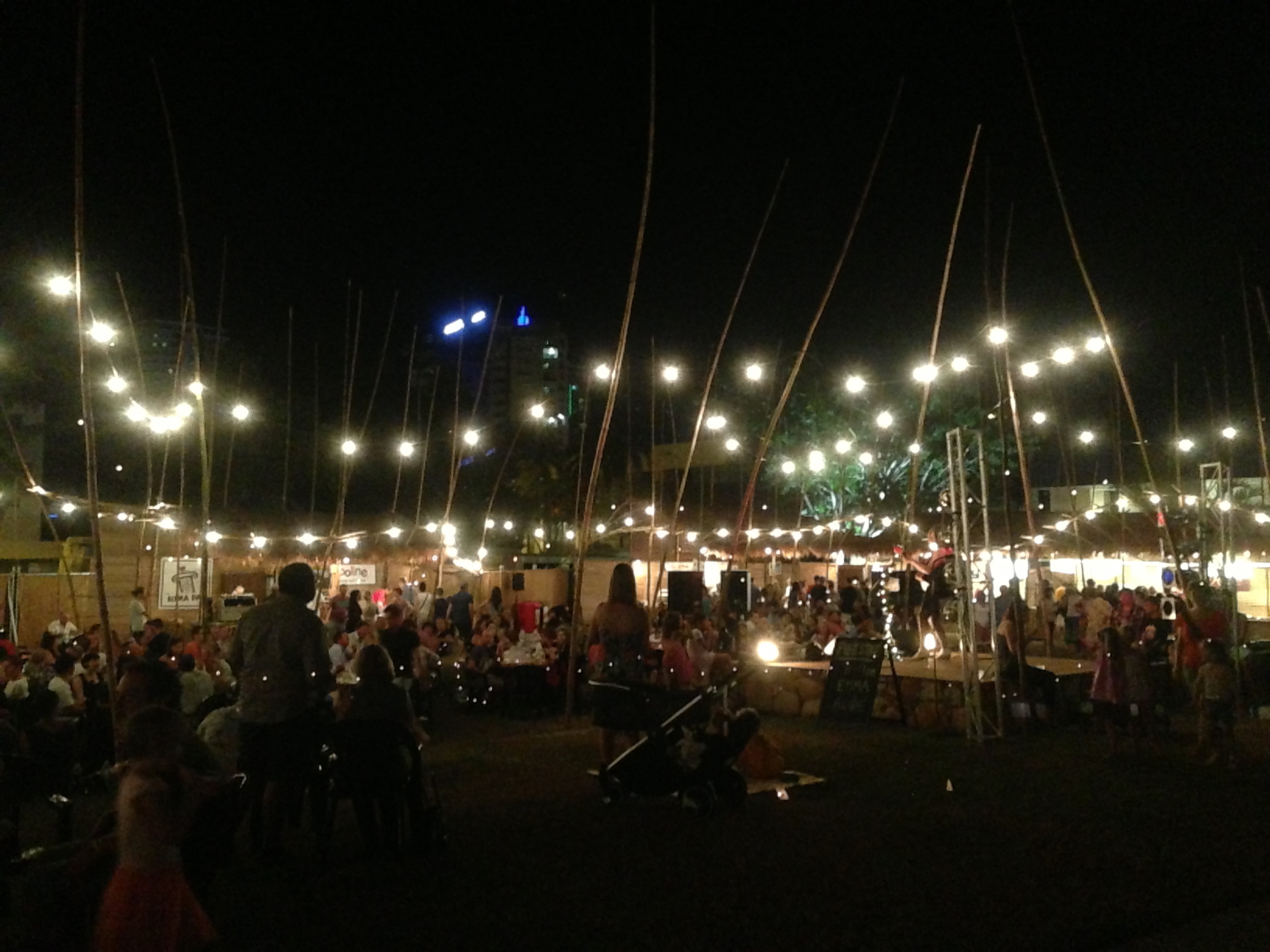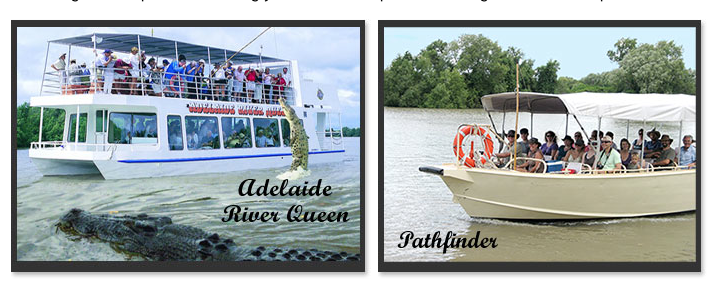As with our previous post on how the commonwealth came to fun non state schools, our guest writer Mr FF has written about the rise of the PUP and other ' Third Parties' throughout the history of the Australian politics.
The Third Party Challenge
The success of the Palmer United Party in the recent federal elections has caused much comment, and if it succeeds in winning three Senate places and a seat in the House of Representatives it will have a achieved an impressive electoral debut. However, this debut does need to be put into perspective, in order (if nothing else) to determine the likelihood of future electoral success. The Australian party system has been fairly stable since its emergence in its current form in 1910 – so-called “third party” challenges have been surprisingly few and rarely (with one exception) have they survived across the longer term.
The Australian party system has existed in various forms since 1910, and the merger of the various non-Labor parties into the original Liberal Party (1910-1917). In this context the original “third party” Challenge was the emergence of the Country Party after World War One. In response to the rise of wartime controls of farming and farm marketing the Country Party made an impressive debut at the 1919 federal elections winning 9% of the vote, and electing 11 MHRs. This was the most impressive third party debut, and had a lasting impact. The sustained success of the Country Party (it won 12% of the vote and elected 14 MHRs at the 1922 elections) meant it was ultimately incorporated into the “Two Party System” in a more or less permanent coalition of whoever formed the main urban based non-Labor Party be it Nationalists (1917-1931), the United Australia Party (UAP (1931-1945) or the Liberal Party of Australia (1945-), and the electoral system was altered to accommodate it.
The next significant challenge to the “Two Party” system (or the “Two and a Half” Party system) was the Lang Labor Party which emerged after the Australian Labor Party (ALP) split of 1931. Lang Labor debuted at the 1931 federal election winning 10.5% of the vote and electing 4 MHRs. It increased its vote in 1934 to 14%, but as a party was essentially a product of the internal struggles in the NSW Labor Party between the supporters and opponents of Jack Lang, its vote winning power limited to NSW and ultimately petering out in the 1940’s after most of its initial supporters returned to the Official ALP. It elected its last MHRs in 1946, and earned the undying enmity of the left for its vigorous attacks on Prime Minister Ben Chifley in the lead up to the 1949 federal elections (more vicious than anything launched by Menzies or Fadden). It was less a viable alternative to Labor than a spoiler party, though its adroit use of preferences would later be followed by other parties in the post-war period.
The first major post-war challenge to the party system was the emergence of the Democratic Labor Party in the late 1950’s. First in Victoria and then Queensland the DLP reflected the emergence of a strong anti-Communist faction within the Labor Movement aligned with the Catholic Church, and alarmed at the industrial progress made by the Communist Party and its allies in the 1940’s. The DLP debuted at the 1955 Elections as the Australian Labor Party (Anti-Communist) winning 5% of the vote and electing 1 senator. It never succeeded in winning a seat in the House of Representatives (though it did win seats in the Victorian and Queensland State parliaments), but it successfully elected senators to the Australian parliament until 1974, and at its high water mark in the 1960’s polled 10% of the vote and successfully diverted enough second preferences to the Liberal Party to deliver government to the coalition on at least two separate occasions (1961,1969). In this sense the original DLP was the spoiler party par excellence and it largely disappeared after the successful election of an ALP government in 1972.
Unlike Lang Labor or the DLP the next third party challenge did not emerge from the Labor Party nor did it present itself as a “spoiler party”. The Australian Democrats in fact emerged from the Liberal Party of the late 1960’s. In the 1966 Election the Liberals had run on a strong pro-conscription and pro-Vietnam War platform and won a landslide victory, however the rise of the anti-war movement and the success of the Tet Offensive caused deep divisions in Australian society. The gathering pace of social change in Australia and the alienation of some Liberals to the growing conservatism of the coalition led to the formation of the Australia Party in 1970. It made its rather modest debut in 1970 winning 3% of the vote, but after the traumatic events of 1975 it was joined by a fresh infusion of small “l” Liberals led by Don Chipp and Colin Mason. Throughout the 1980’s and 1990’s the Australian Democrats sought to represent a “dynamic centre” in Australian politics that corralled the protest vote using the slogan “Keep the bastards honest”.
In the 1990’s third party challenges emerged from the left and the right. To the right of the Liberals emerged the One Nation Party (which debuted at the 1998 winning 8.5% of the vote) and the Green Party (which debuted at the 1993 election winning 2% of the vote). This dual challenge to the party system was perhaps the first sustained assault on the two party system since the 1920’s, and while “One Nation” soon imploded, the longer term impact of both parties was to draw media attention to the longer term decline in the “Two Party” vote. During the 1940’s and 1950’s (prior to the arrival of the DLP) the main parties often polled 95% of the vote. By the 2013 federal election this was more like 80%. Alongside the decline in the vote for major parties has been the decline in party membership, and the increase in the frequency with which independents gain election to various parliaments. Whether is a sign of a longer term decline in the vote going to the major parties of course remains to be seen.
Over the long term the role of third parties in the Australian party system is marginal in the sense that they do not form governments, or governing coalitions nor do they form opposition. However, they do have a major electoral impact. The rise of the Country Party in the period 1918-1919 led to the introduction of preferential voting and the formation of a new alignment on the non-Labor side of politics. The impact of Lang Labor (1930’s) and the DLP (1960’s) was to deny the ALP government on a number of occasions, while the Australian Democrats had the same impact on the non-Labor side of politics on at least one occasion (1990). However, the weight of the electoral system and the financial demands of almost continual campaigning does have the impact of re-enforcing the current party system, just as the 24 hour news cycle and the general reaction against the major parties undermines it. Still as yet we are yet to see the wholesale collapse of a major party as in Canada (the Progressive Conservatives) or Israel (Mapai).








 We had been planning a trip to see Mount Kosciusko during the off ski season. March 15th was that day! The day was a ‘little’ windy – once we cleared the top chair lift from Thredbo to the “Eagles Nest” we were greet with a temp of -1 including wind chill and 50-70km/h winds.
We had been planning a trip to see Mount Kosciusko during the off ski season. March 15th was that day! The day was a ‘little’ windy – once we cleared the top chair lift from Thredbo to the “Eagles Nest” we were greet with a temp of -1 including wind chill and 50-70km/h winds.



